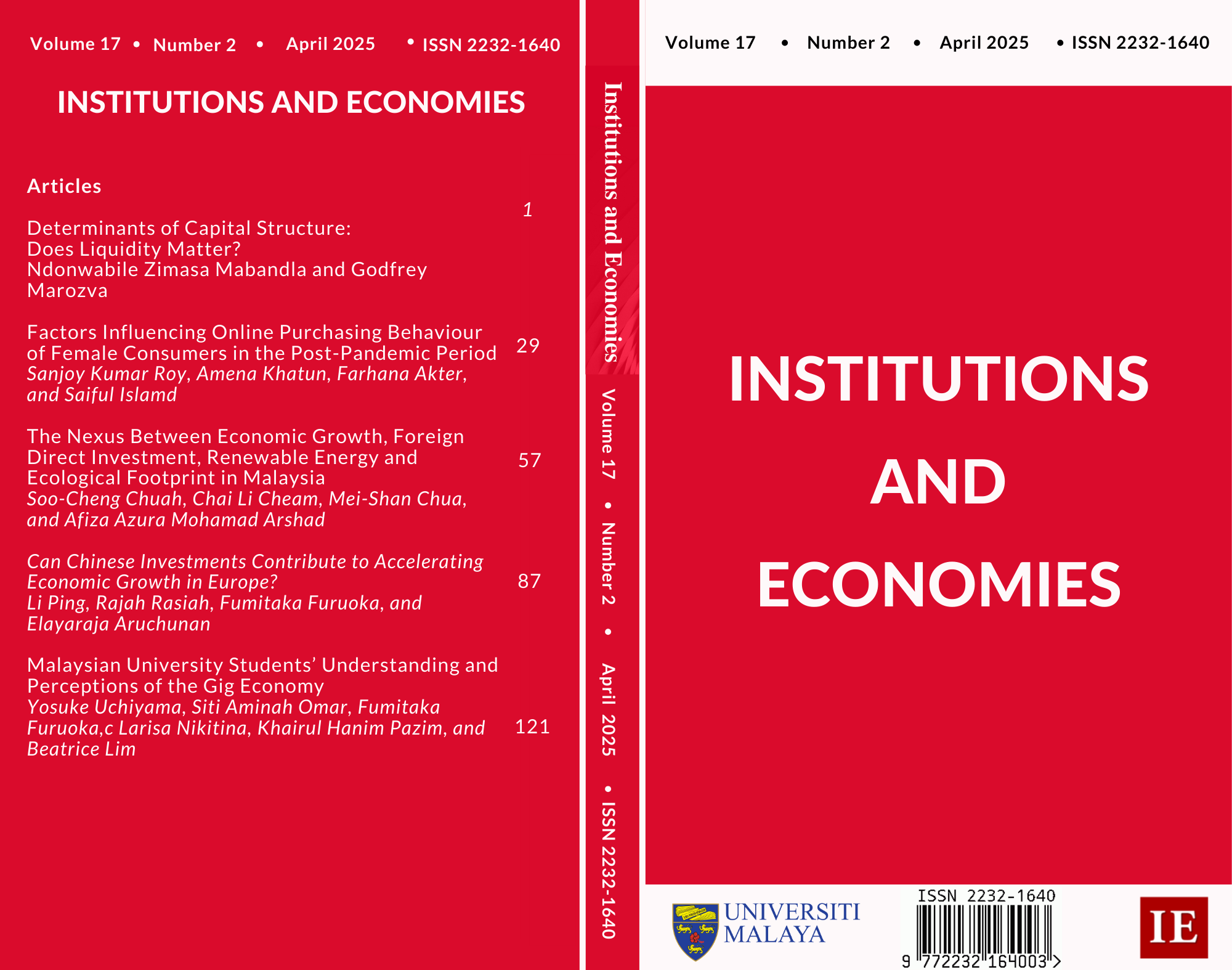Factors Influencing Online Purchasing Behaviour of Female Consumers in the Post-Pandemic Period
Main Article Content
Abstract
Advanced technology and the Internet have changed consumers’ buying
habits. Consumers now prefer online purchasing compared to face-to-face shopping.
Therefore, this study aims to investigate the crucial factors influencing female customers’
online purchasing behaviour. The technology acceptance model (TAM) and the theory of
reasoned action (TRA) were employed with additional variables: personal innovativeness,
personal awareness of security, personal consciousness of safety, and satisfaction. A
structured questionnaire was applied to collect data from 437 women. Structural equation
modelling was employed to analyse the data. The results revealed that perceived ease
of purchasing and personal awareness of security positively correlated with attitude,
satisfaction, and intention toward online purchasing. Again, perceived usefulness and
personal consciousness of safety were significant predictors of attitude and satisfaction,
but not predictors of intention. Surprisingly, personal innovativeness does not impact
attitude and intention. Intention was positively related to attitude and satisfaction.
Satisfaction mediates all the hypothesised relationships. Also, attitude mediates the
relationships between perceived usefulness, personal awareness of security, and intention.
The investigation may assist managers and policymakers in improving their online
settings and becoming more careful to rearrange their business structures in line with
current technological advancements to fulfil consumers’ expectations and demands.
Downloads
Article Details
Submission of a manuscript implies: that the work described is original, has not been published before (except in the form of an abstract or as part of a published lecture, review, or thesis); that is not under consideration for publication elsewhere; that its publication has been approved by all co-authors, if any, as well as tacitly or explicitly by the responsible authorities at the institution where the work was carried out. Transfer of copyright to the University of Malaya becomes effective if and when the article is accepted for publication. The copyright covers the exclusive right to reproduce and distribute the article, including reprints, translations, photographic reproductions, microform, electronic form (offline and online) or other reproductions of similar nature.
An author may self-archive the English language version of his/her article on his/her own website and his/her institutions repository; however he/she may not use the publishers PDF version which is posted on www.ijie.um.edu.my. Furthermore, the author may only post his/her version, provided acknowledgement is given to the original source of publication and a link must be accompanied by the following text: The original publication is available at www.ijie.um.edu.my.
All articles published in this journal are protected by copyright, which covers the exclusive rights to reproduce and redistribute the article (e.g. as offprint), as well as all translation rights. No material published in this journal may be reproduced photographically or stored on microfilm, in electronic database, video disks, etc., without first obtaining written permission from the publishers. The use of general descriptive names, trade names, trademarks, etc., in this publication, even if not specifically identified, does not imply that these names are not protected by the relevant laws and regulations.
The copyright owners consent does not include copying for general distribution, promotion, new works, or resale. In these cases, specific written permission must first be obtained from the publishers.

